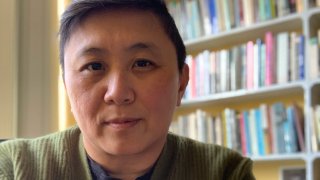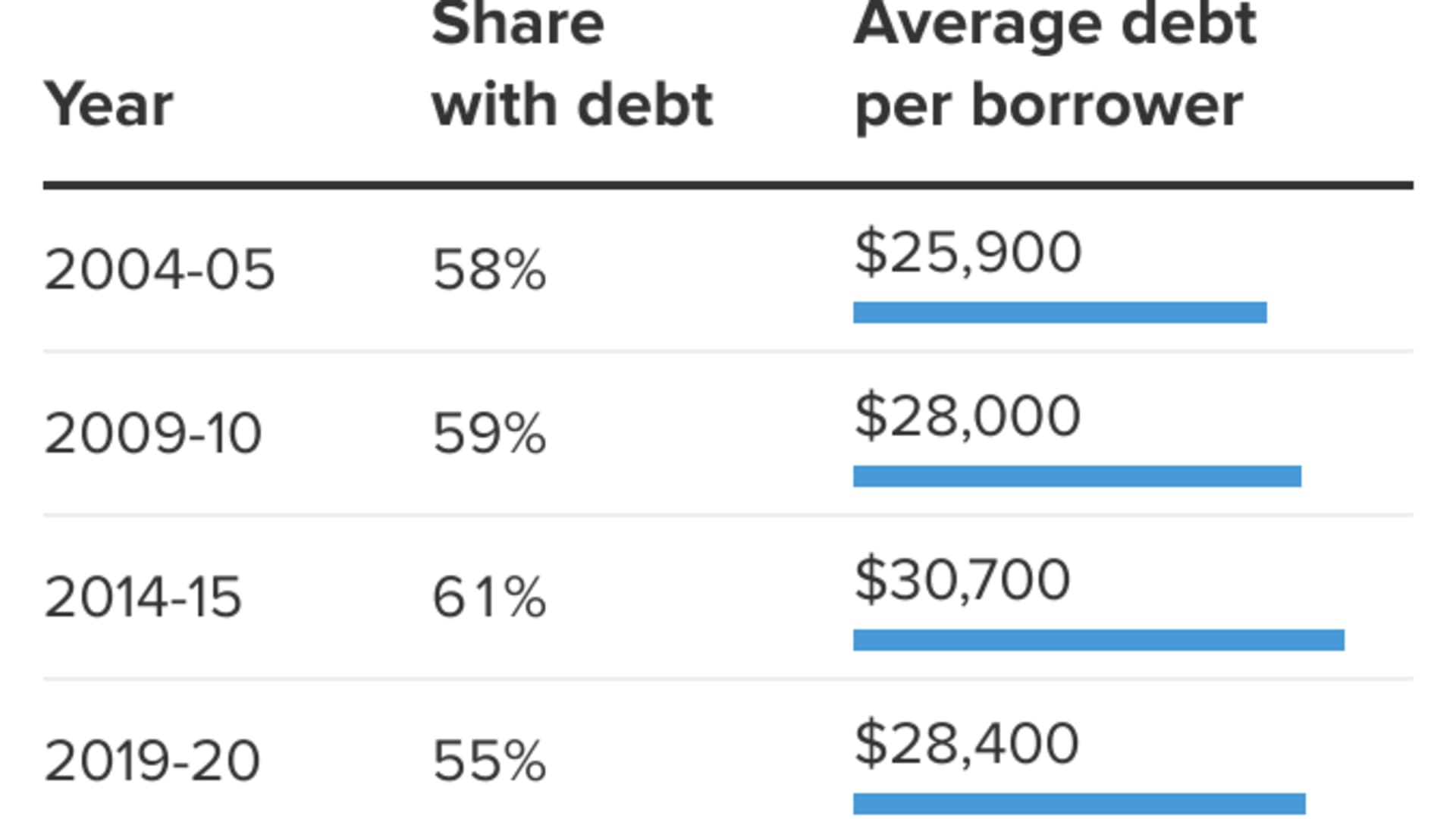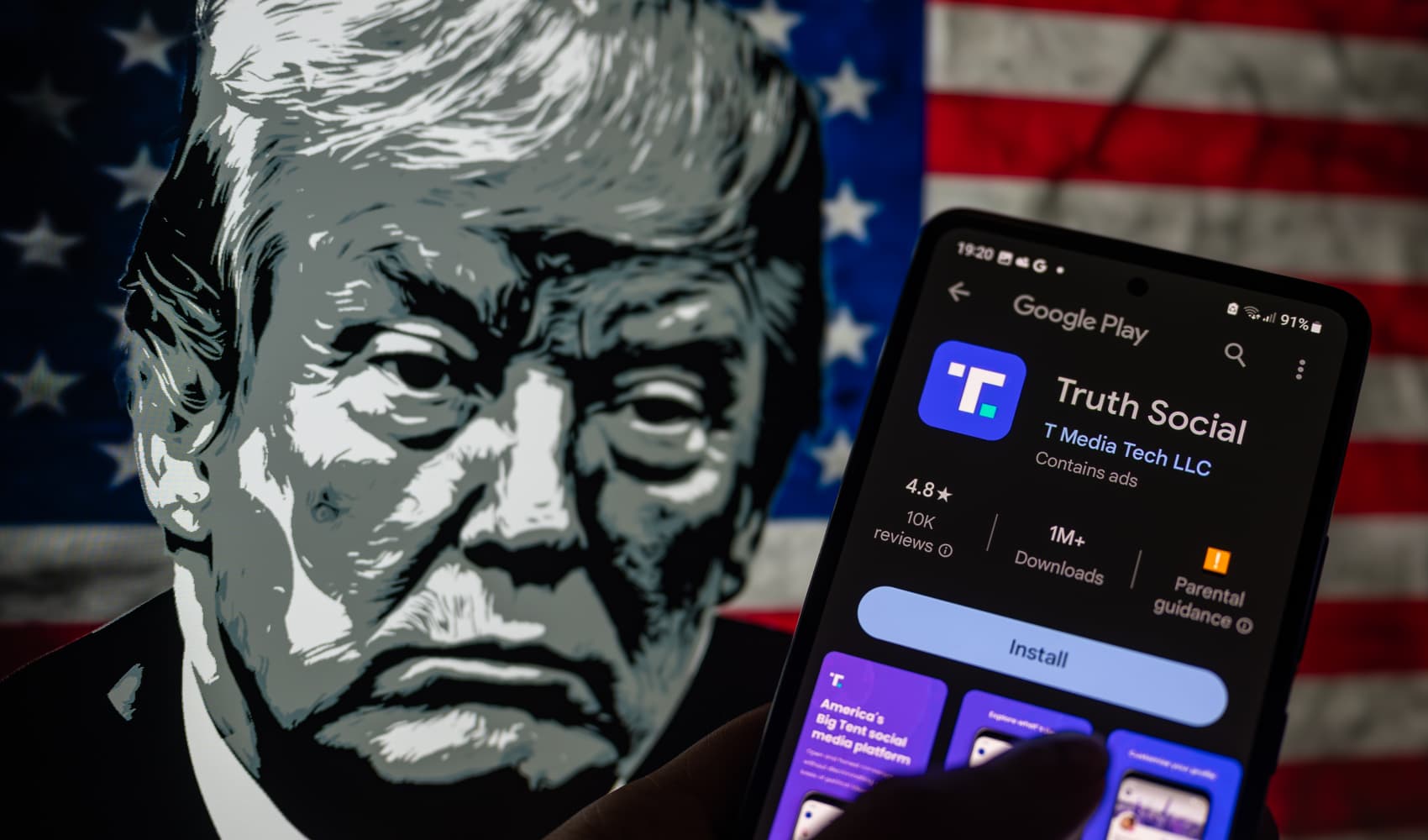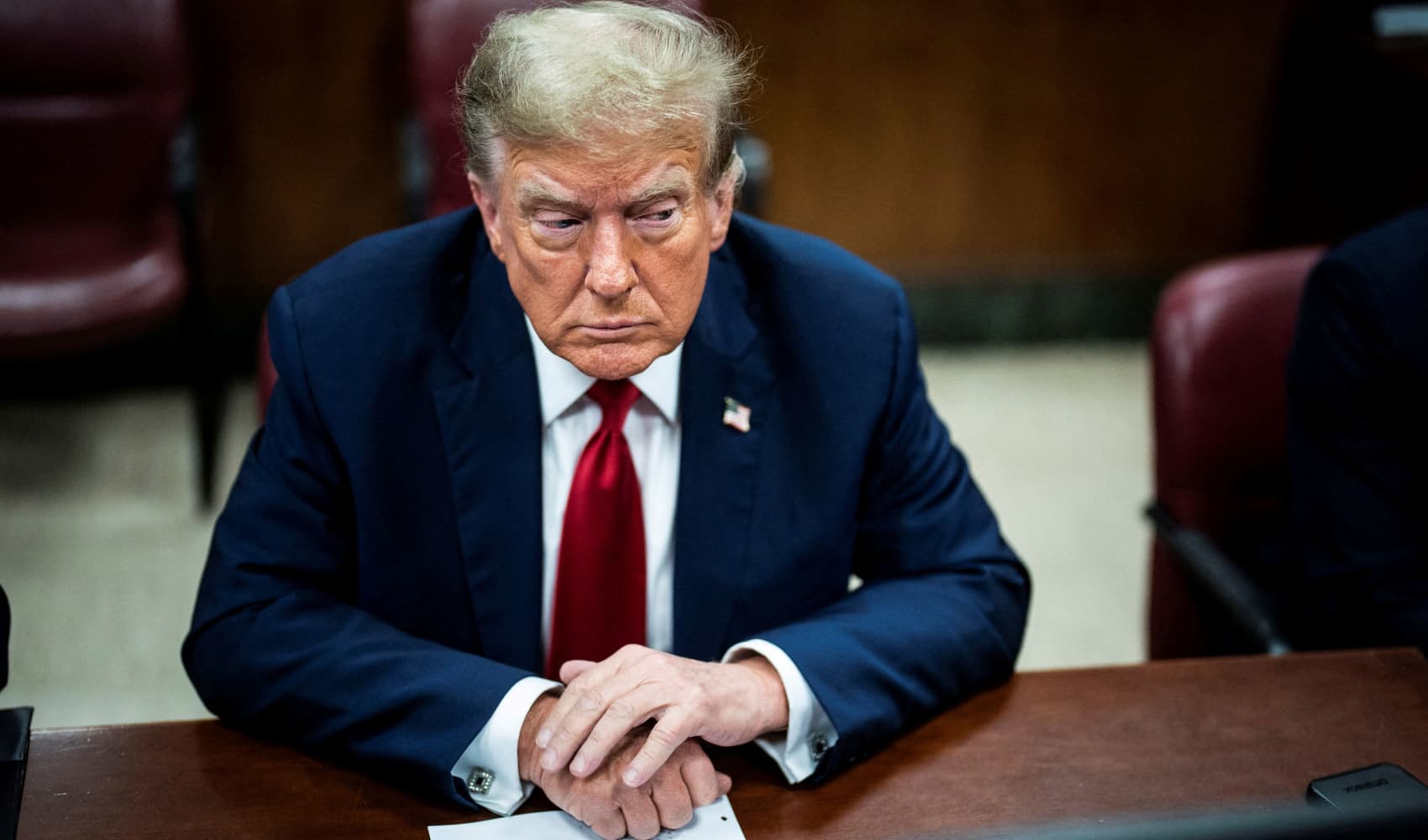
- As the Biden administration reforms the flawed public service loan forgiveness program, many with student debt who've lost hope in relief are being pleasantly surprised.
- One of those people is Karen Tongson, who just got her debt erased after 16 years of payments.
- The U.S. Department of Education also refunded her $20,000.
Karen Tongson never imagined a moment when she wouldn't be paying back her student loans.
As a professor at the University of Southern California, the Los Angeles resident qualified for the public service loan forgiveness program but had heard too many stories of borrowers not getting the government's promise of debt cancellation to believe she ever would.
"No one had any faith," Tongson, 48, said. "When I told friends and other colleagues that I'd signed up for this thing, they were like, 'That's never gonna happen.'"
Get Connecticut local news, weather forecasts and entertainment stories to your inbox. Sign up for NBC Connecticut newsletters.
It seemed they were right: After 16 years of student loan payments, which totaled more than $90,000, she'd heard nothing about forgiveness.

Public service loan forgiveness, signed into law by then-President George W. Bush in 2007, allows nonprofit and government employees to have their federal student loans canceled after 10 years, or 120 payments. The program has been plagued by problems, however, making people who actually get the relief a rarity.
Money Report
Just around 8,300 people have had their loans forgiven under the program as of June 2021, according to higher education expert Mark Kantrowitz. More than 400,000 have applied.
Borrowers in public service jobs often believe they're paying their way to loan cancellation only to discover at some point in the process that they don't qualify, usually for technical and confusing reasons. Lenders have been blamed for misleading borrowers and botching their timelines.
"I noticed that a lot of payments I made weren't counted," Tongson said. "And I never understood why."
More from Personal Finance:
Here are some tips to avoid inflation's sting
Here's an investment option to protect against inflation
You need at least $1 million saved to retire in these cities
To get educated, Tongson felt she had no choice but to borrow. "I don't come from a very well-resourced family," she said.
She moved with her mother, Maria Katindig Dykes, and her step-father, Jimmie Dykes, to the U.S. from the Philippines when she was 10.
Her parents were musicians, but when they settled into Riverside, California, they got other jobs to pay the bills. Her mother worked at K-mart and Sears.
Although her parents weren't able to save for her college years, they made it clear that they wanted her to attend and to achieve things they couldn't. "They emphasized education as a way to social and class mobility," she said.

After a few years at a community college, Tongson was accepted into the University of California, Los Angeles, where she studied English and eventually graduated Summa Cum Laude. She then went on to get her PhD at Berkeley.
Throughout those years, Tongson worked multiple jobs, including at a local video store. She also was awarded fellowships, but they were at most $12,000 a year.
"Imagine trying to pay for rent in the Bay Area with that much money," she said. "I had been living so hand to mouth.
"There was a time in grad school where I just lived off the same frozen bag of Costco chicken," Tongson added. "I ate it every day, for what felt like a month."
Just to get by, she said, she had to borrow around $70,000 in student loans. "It allowed me to keep up with my peers educationally," she said.
That schooling has brought her far.
Today, she is a professor at the University of Southern California, where she teaches courses on British and American literature, race and Los Angeles food cultures. She is the department chair of gender and sexuality studies at USC and has published multiple books.
Even so, she still lived paycheck-to-paycheck, she said, because of her student loan payments, which have ranged from hundreds of dollars a month to thousands. Although her wife, Sarah Kessler, with whom she shares a house in Los Angeles, never took out student loans and has savings, she herself didn't even have an emergency fund.
"It felt really disconcerting to be struggling so much," Tongson said. But that was about to change.
Last month, Tongson found that her student loan balance had dropped to $0.
In addition, the U.S. Department of Education refunded her for years of overpayment, which meant she suddenly had around $20,000 in her bank account. "It was pure, pure relief," she said.
Tongson's surprise came a result of reforms the Biden administration has been making to the public service loan forgiveness program. It has reassessed borrowers' applications and recounted their payments, and it estimates that more than 500,000 people may be closer to forgiveness as a result. Many others are likely due refunds, as well.
Tongson and her wife didn't throw a party or even go out for a fancy dinner to celebrate. Instead, she transferred the $20,000 to her savings account. "This is the first time I really have savings," she said.
She hopes that future borrowers in the program can come to just expect the promised forgiveness.
"I hope it doesn't feel like winning the lottery," she said.
For her, that is just what it felt like.






